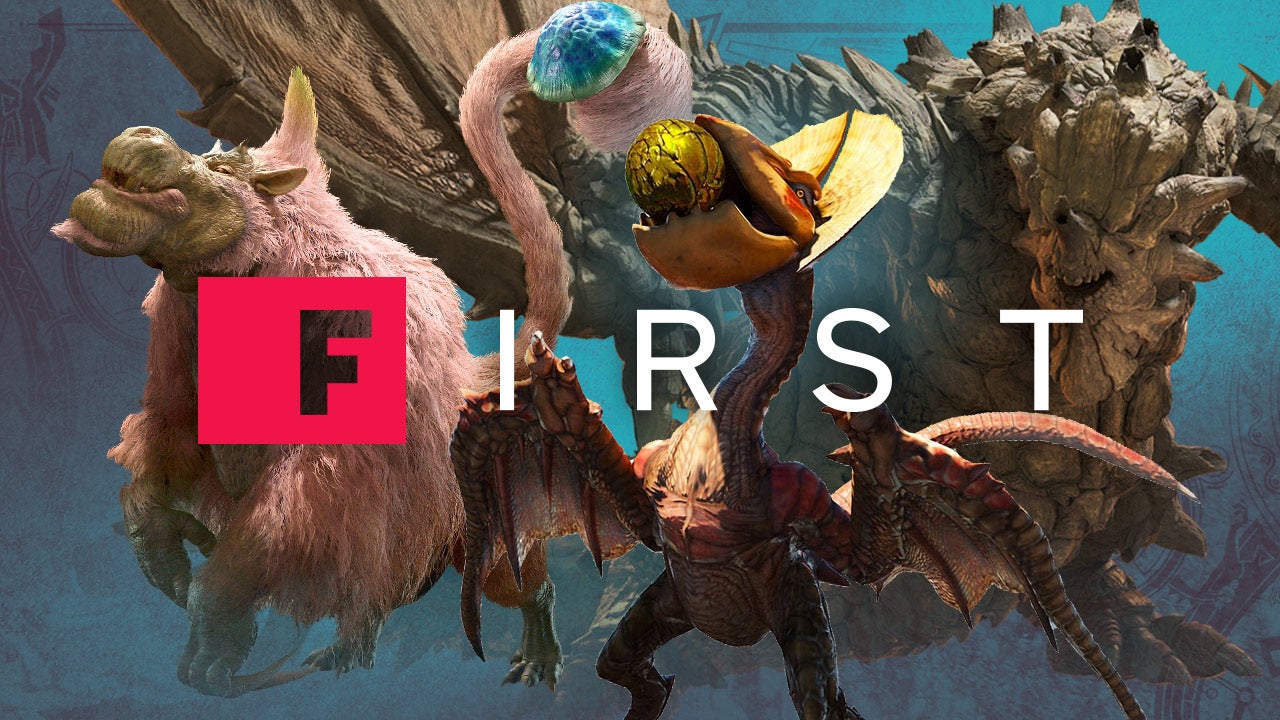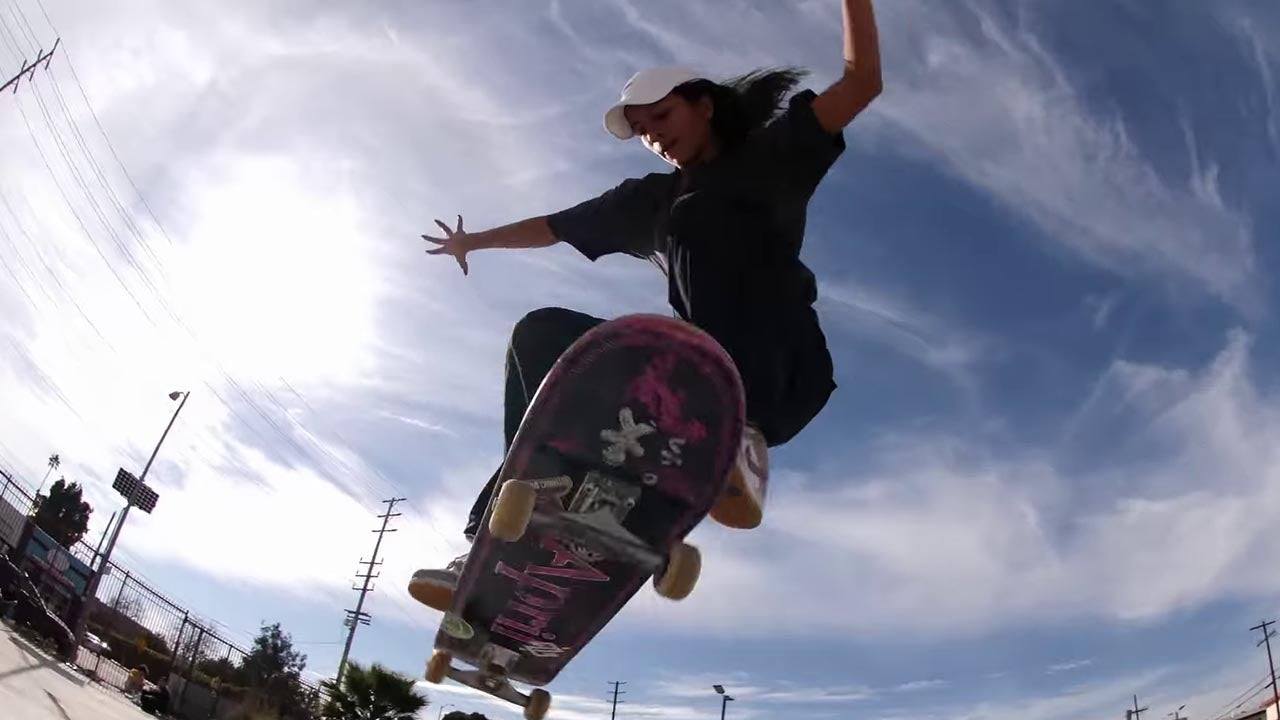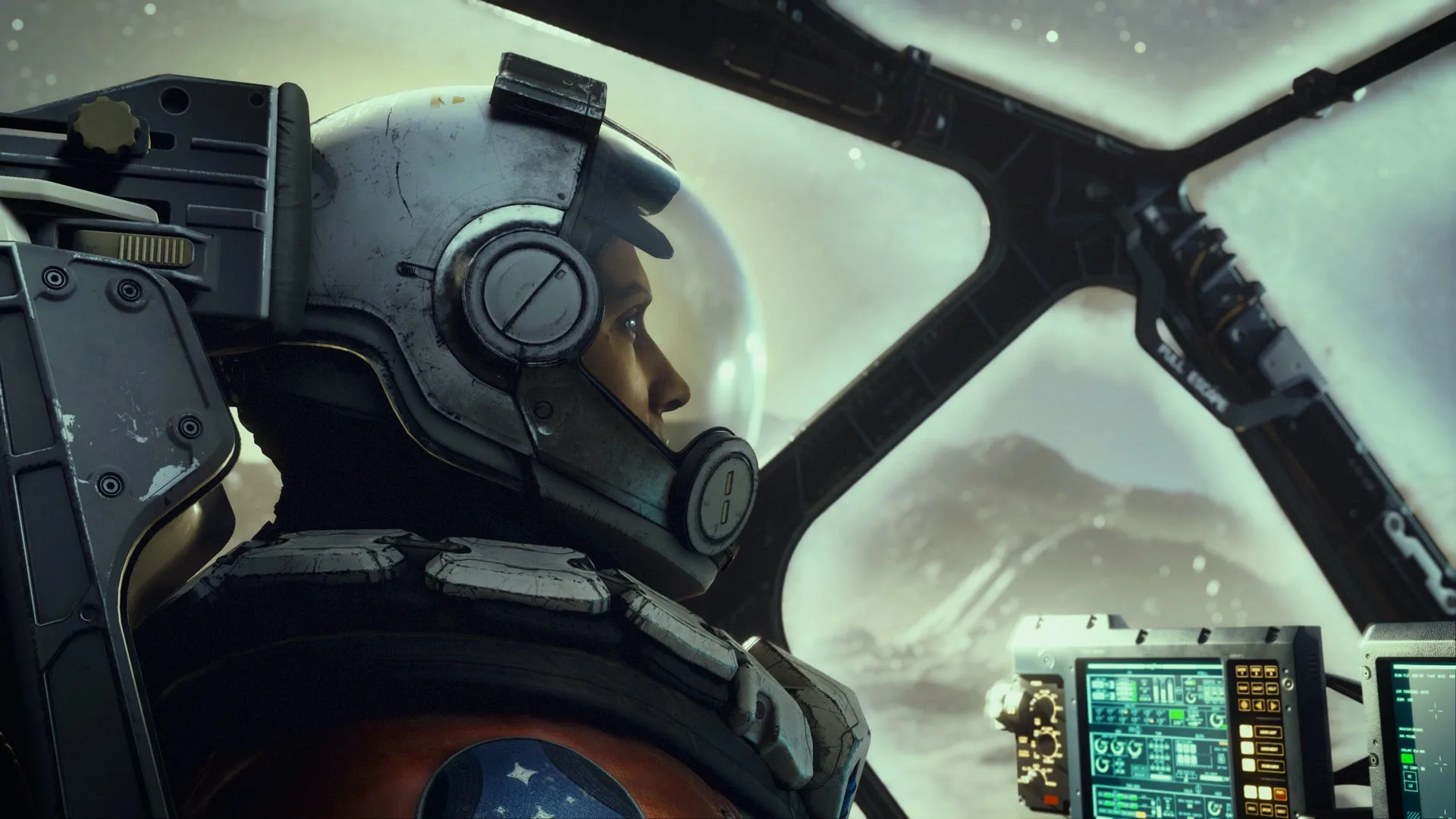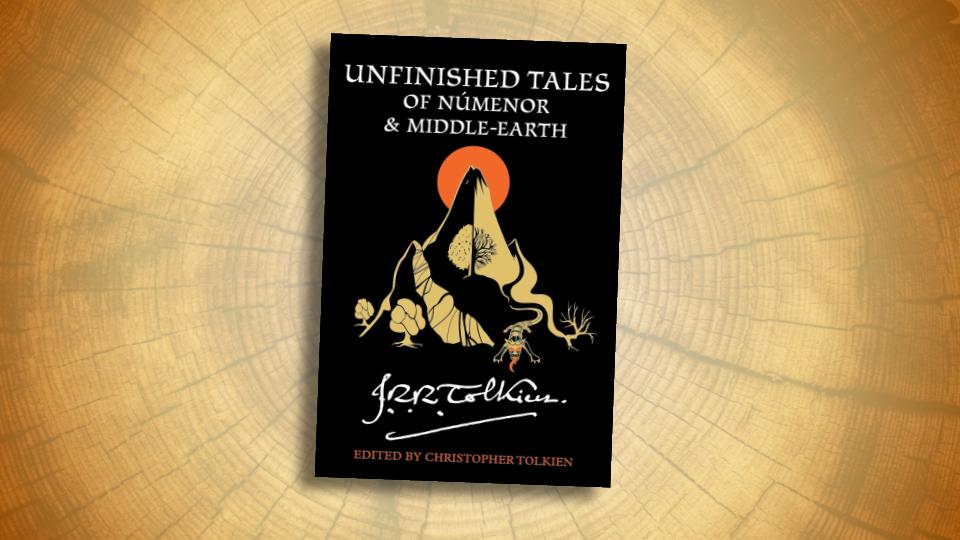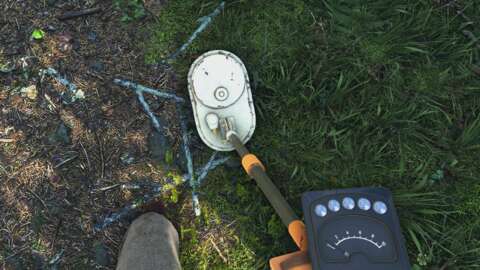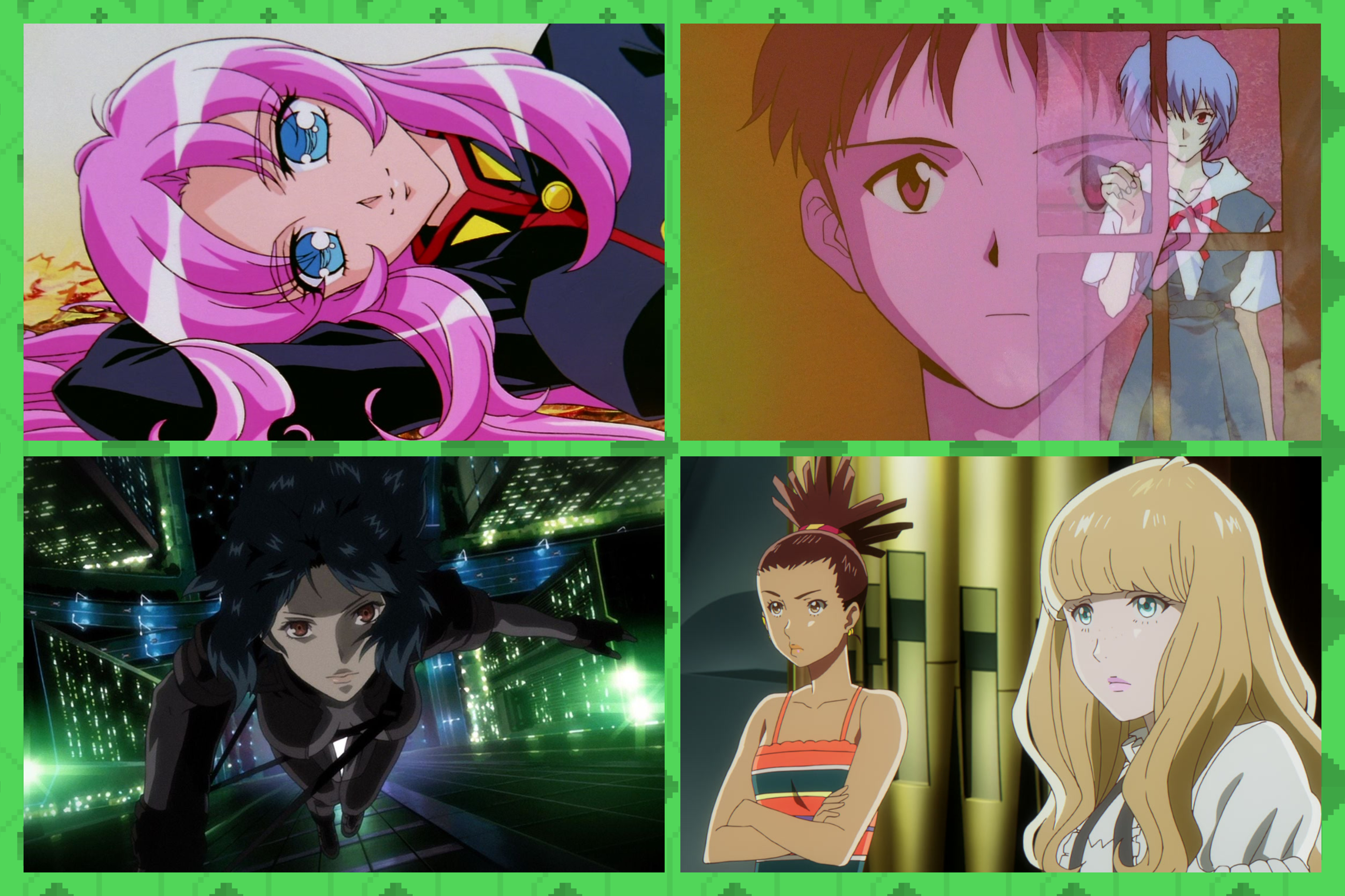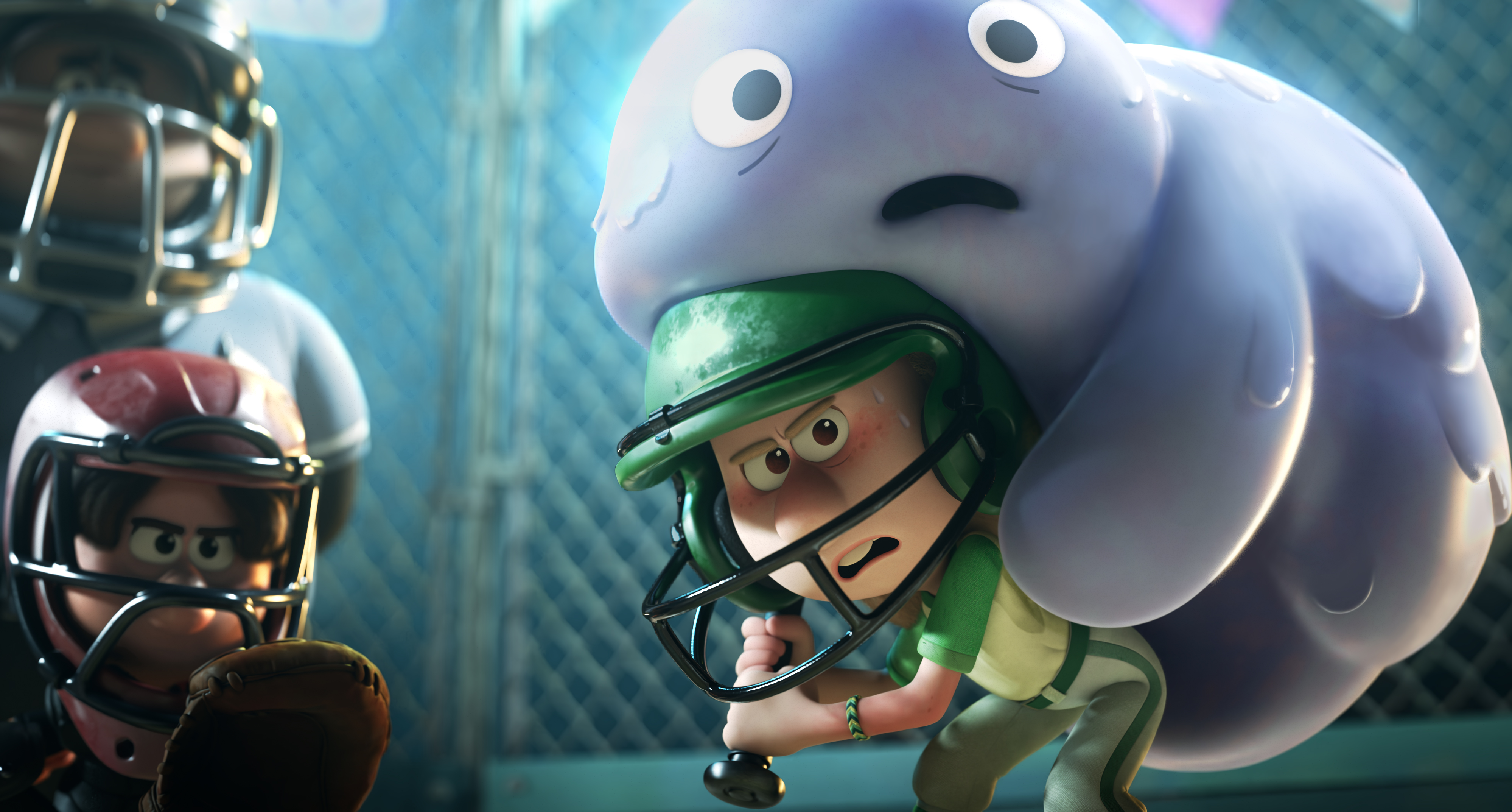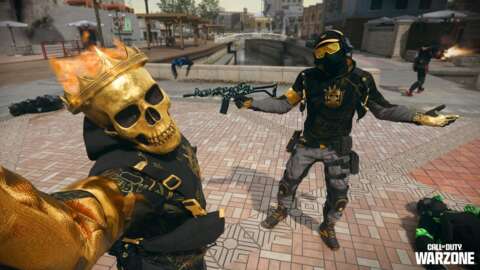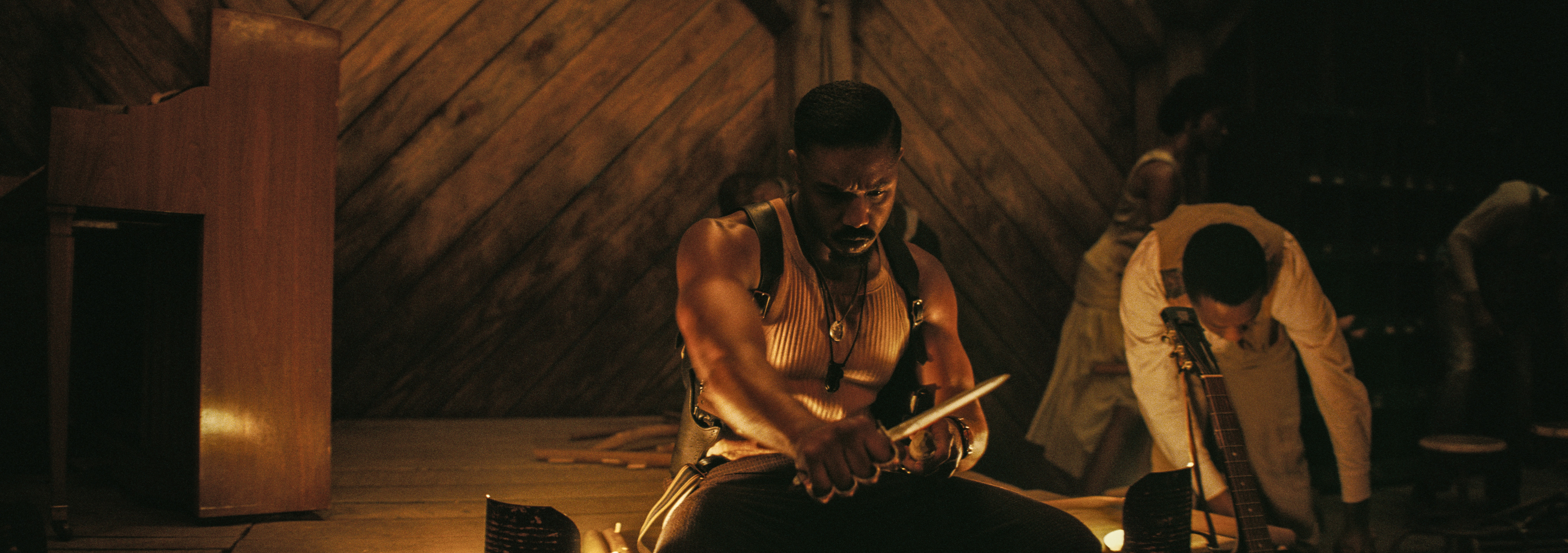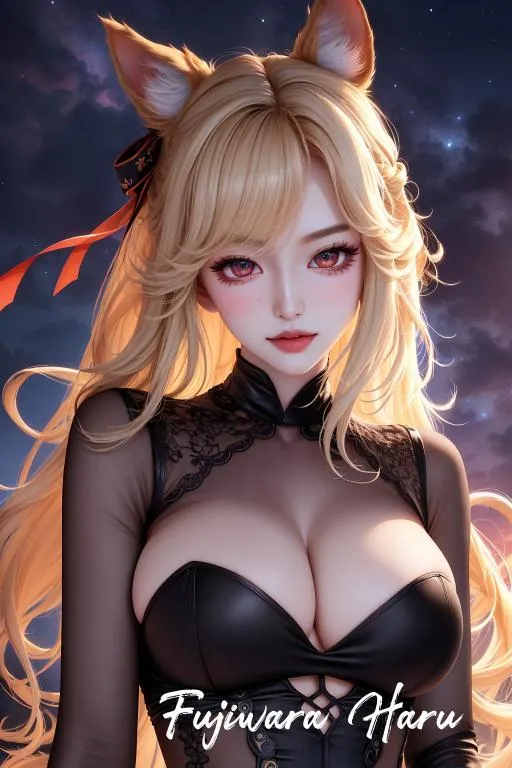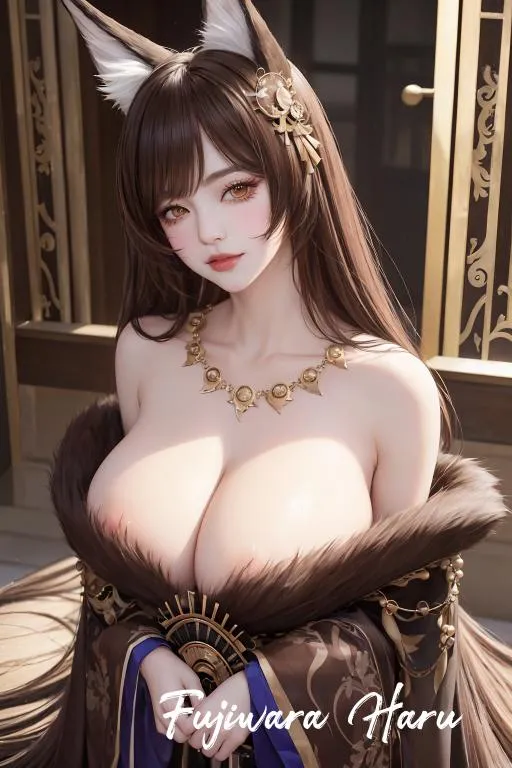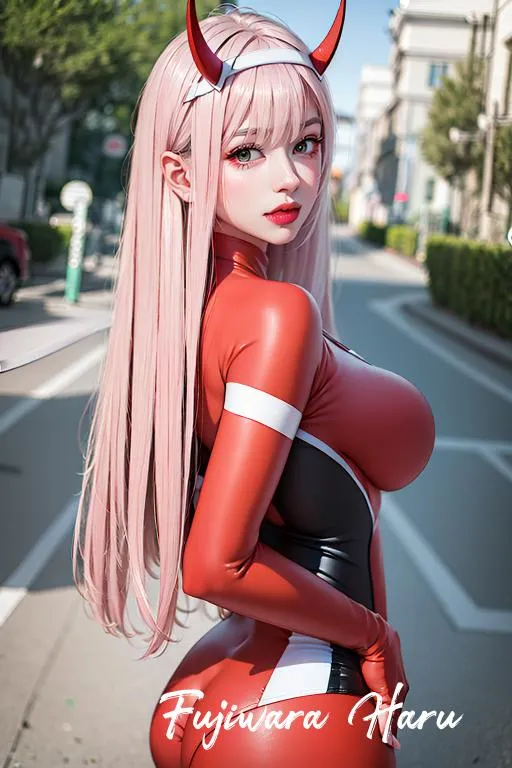If you ask people who the main characters are in Monster Hunter, they might say “the hunters” – but others will tell you: “It’s all about the monsters.”
So many striking creatures have appeared over the course of Monster Hunter’s 20-plus-year history. With each new hunter and each new hunt, we form new memories around these monsters. That's why players have pored over information about the new monsters appearing in the latest title, Monster Hunter Wilds, and why they let out shouts of joy when they heard that certain monsters would be making a long-awaited return.
In this interview with Kaname Fujioka, who was the director of the first Monster Hunter and now Executive Director and Art Director for Wilds, and Yuya Tokuda, director of both Monster Hunter: World and Wilds, we get to hear in detail about the process that new and returning monsters went through before appearing in Wilds, with a special focus on the processes of creation and selection. Throughout the interview, I felt the deep love that these developers have for their monsters, as well as the ceaseless work they've put into giving those monsters the greatest stage possible.
Tokuda first explains the process that goes into the creation of a Monster Hunter monster.
"We first consider what we want players to experience when facing major monsters like Arkveld, as well as the setting, ecosystem and so on of the world, unique to each title,” he tells IGN. “We then think about the kind of monsters needed to do that. In a way, we start by putting puzzle pieces together, like, ‘If this monster exists in this place, how does the ecological pyramid work here?’”
It's easy to simply think that players will be happy so long as popular monsters make a reappearance, but the development team actually focuses most on the player's experience.
"We don't focus too much on the proportion or number of new versus old monsters,” continues Tokuda. “What's important at the end of the day is the overall level design and order of monsters across the entire game, as well as the balance of ecological pyramids in each area. We take this multifaceted approach to decide which monsters to include."
How will players play the game, and when will they encounter each monster? What will we see monsters doing in this latest title enabled by new technology? Fujioka says that this approach is extremely important, even when choosing to have older monsters make a reappearance.
"So even when we're selecting old monsters to put in the game, part of that involves making sure to stay true to that monster's concept while thinking about how much room each monster has to grow when they're reborn using current-day technology and game design," he says.
Setting the stage
Among the monsters that live in the Forbidden Lands (or as the developers call it, "The East") like Doshaguma, which embodies the game's herd system, there are some monsters that quickly present new ways of hunting spread across the world of Wilds. During the open beta test in November, many players encountered Chatacabra, or Rey Dau, the apex monster of the Windward Plains. As the game's entryway into its world, the Windward Plains contains monsters whose designs were carefully made to match the overall game experience.
"Herds are one of the major concepts in Wilds, and so we created Doshaguma as a monster that lets players experience this element of the game,” says Tokuda. “We were designing Doshaguma from a pretty early stage, in part to help verify the way that packs move."
In fact, Fujioka says, the design of Rey Dau, the boss of the Windward Plains, was finished before that of Arkveld, the marquee monster in Wilds.
"I think part of a monster's character can be an appearance that simply makes you think that it looks cool, even among all the other unique monsters,” he says. “We call these our ‘handsome monsters’. We believe that if we're able to have one of these cool monsters appear at just the right time, they'll stand out that much more as a unique character. We thought that Rey Dau was in a good position for that even during the design stage, and so we wanted it to be a cool monster. As Rey Dau's design was finalized before Arkveld's, even some of our own staff thought that it was the game's main monster until partway through development. That's just how handsome it is." However, once Arkveld’s design was finalized the whole team was satisfied they had found their flagship monster.
Rey Dau is a monster that uses lightning, and it reigns over the Windward Plains as its apex monster. Tokuda explains that this background was used as a base for its attack patterns and movements.
"Rey Dau's biggest attack is one where it stores lightning in its body and slides its face along the ground to unleash all of it at once,” he says. “As it grinds its wings into the sand, the lightning combines with it to create Fulgurite Ore. The amount of electricity it stores rises higher and higher when it wears these crystals, and it can store electricity faster as well. Thinking about this process is what caused it to become a monster notable for its wing-based physical attacks."
Fujioka says that monster attacks are even a part of the game's stage design.
"When we were designing this stage, we talked about incorporating the process of lightning generating Fulgurite Ore,” he says. “The terrain is formed by Fulgurite Ore created when lightning strikes the ground, and villagers use the ore to ward off monsters. We hope that players pay attention to how monster biology and attack methods are connected to how the game's humans live."
While it may sound simple for ore to be generated when lightning shot from a monster hits the sand, a number of technical hurdles awaited the team before they could make this a reality. Conditions like the timing of the lightning hitting the sand or the desert and its sloping hills had to be calculated in real-time to generate this ore, and creating that system was no simple task.
That said, Monster Hunter is a real-time, synchronous multiplayer game.
"The feeling of playing together and being able to communicate on the same wavelength with shared information is extremely important to us. Our top priority during development is how we express the experience of people playing in the same space," says Fujioka. I'm overwhelmed for a moment when I hear this. Yes, this may of course be what multiplayer game development theory states, but the hurdles presented to this team by what they're attempting to depict are far greater than players imagine.
That said, compromise was not an option when it came to depicting Rey Dau's actions when considering the earlier discussion about a world where monster ecology is directly tied to the lives of human characters.
"Monster Hunter does depict a fantasy world, but we want players to feel a kind of reality from each individual thing they see in-game,” says Tokuda. “Graphics become higher-definition as hardware advances, and so we want the world's setting to be as authentic as possible, because this kind of reality is connected to the game's immersion."
These words make me feel how important the detailed creation of monsters is to Mr. Tokuda. The games depict their world through their monsters, and depict their monsters through their world. As this reciprocal relationship digs deeper and takes form, it completes the Monster Hunter experience.
Returning monsters
The Forbidden Lands act as this game's stage, so as a place unknown to hunters, the developers say that they included a higher proportion of new monsters at the start.
Among all of its monsters, the first familiar one that hunters encounter in the Forbidden Lands is Congalala. Its reappearance was a moment that shocked and delighted players. I had a chance to play the Scarlet Forest where it appears, and along with the story that involves the adorable Wudwuds who live in the Forest, it all made for a humorous sequence. Though a hunt is understood to be a serious task for players who've faced the harsh environments of the Forbidden Lands in the Windward Plains, this is still a moment on the lighthearted side.
Congalala was selected after an overall evaluation of the Scarlet Forest's ecosystem, comical twists and more. Still, Tokuda says that the dev team found ways in which it's a surprisingly good match even after their decision.
"Congalala is a monster with straightforward action compared to the unique monsters of the Scarlet Forest that hunters will have faced so far, like Lala Barina,” he says. “It's easy to hit, and I think it ended up being perfectly placed for players to enjoy hunting as they make full use of what they've learned and the weapons they've created so far."
"When we have monsters appear, we're always conscious of not just trying to make them easy to understand for players new to Monster Hunter, but to also shock and delight fans of the series," Fujioka says, recalling the reaction fans had when they announced Congalala's return. "I think tossing Congalala out right there was just right for it. We announced it at Tokyo Game Show because we thought fans who know about Congalala would enjoy that. Once we did, the reaction ended up being even bigger than we imagined. We talked later about how that must have been the greatest moment of Congalala's life."
Seeing these two as they say this makes me think that in a way, the Monster Hunter development team is also like a talent agency trying to sell its stars. Monster Hunter's monsters must feel as attractive and real as they do because of these creators who care about their monsters more than anything, searching for the place where they'll shine the brightest.
The sensei returns
For longtime fans, the reappearance of Yian Kut-Ku was likely even more of a shock than Congalala's. As a sort of rite of passage that teaches players the movements and methods they need while being a bit strict at times and kind at others, Yian Kut-Ku is known to series fans as Sensei, or “teacher.” Despite being a beloved monster, though, it didn't reappear in the series for the longest time.
"Yian Kut-Ku is a monster that many Monster Hunter lovers know, and we're aware that they call it Sensei, says Fujioka, clarifying the monster's positioning. “We designed it as a monster that teaches you the basics when facing large monsters."
It's difficult to have Yian Kut-Ku act as a teacher, as that role is played in each game by different monsters that are suited for the environment of its new stages. The way that the fans love Yian Kut-Ku is important to these developers as well.
While Yian Kut-Ku's name would always come up whenever discussing which monsters would appear in each game, it was difficult for it to make an appearance without something new that still felt right for it. Tokuda says that the herds in Wilds are part of what helped to support Sensei's reappearance. That's because Yian Kut-Ku was always related to packs of monsters, even if they couldn't be depicted in the game.
"Yian Kut-Ku herds did exist in the game's setting, but we never had a chance to make that a part of the actual gameplay until now,” he says. “It seemed like a good fit for the systems of Wilds that let us include packs of monsters, and we were able to find a moment for it to appear in the perfect way during the game's progression."
What could he mean by "a perfect way"? I try asking more about Yian Kut-Ku's position in Wilds.
"While Yian Kut-Ku is loved by many players right now, I think it was incredibly strong when it first appeared,” Tokuda elaborates. “It's placed at the moment in the game where the difficulty curve suddenly spikes upward, and we weren't sure that it'd be right to have it appear like that again to play the role of a teacher. That's why we thought we needed to do a deeper analysis of its strengths and what makes it feel strong. We looked at recent player trends and thought about the position they'd want Yian Kut-Ku to occupy instead of simply being a teacher, which is why we've prepared a different kind of position for it."
There's also a bit of a behind-the-scenes story about Yian Kut-Ku. Tokuda is a lover of large reptiles, and his pet lizard that's over a meter long has a major relationship to Yian Kut-Ku's design this time around.
"I made a garden that's like a miniature Ancient Forest for my lizards and even breed them there,” he says. “It's like there's vegetation inside of my home. I've made an ecosystem there, complete with water, light and wind. An artist who knew that I raise lizards told me to bring my largest lizard's shed skin, which we then scanned and processed in order to make it a part of Yian Kut-Ku's scales in the game."
Monsters growing alongside fans
Yian Kut-Ku was able to make a comeback thanks to the passion players had for their Sensei and the herds system implemented in Wilds. So then, which monster's comeback is most awaited out of those that haven't made an appearance (yet) in Wilds?
"That would have to be Lagiacrus," Tokuda instantly responds. "Ever since World, people ask us to bring Lagiacrus back no matter where in the world we go. It feels like we've been constantly asked since then."
Fujioka nods vigorously as he sits beside Tokuda. "There really are a lot of fans both inside and outside of Japan who love Monster Hunter Tri,” he says. “It's a very memorable title for me as well. Listening to the fans, I get the sense that monsters like Lagiacrus and Brachydios enjoy a particularly deep-rooted popularity. Gore Magala as well, as it seems like many people have a lasting love of monsters that are featured on the cover art of a title."
As Tokuda says, Lagiacrus is a very memorable monster for both developers. The two were involved in its creation, with Fujioka as director during the development of Monster Hunter Tri and Tokuda as its lead planner of the monsters.
"I'm one of the creators of Lagiacrus myself, so I naturally have a deep attachment to it,” says Tokuda. “I might even say that I want to put it in the game more than anyone. There are a lot of difficulties, such as the fact that we haven't had aquatic battles or action ever since Monster Hunter 3 Ultimate, of course… But we've heard everyone's voices loud and clear, and I want fans to know that I want it to make an appearance just as much as anyone."
Hearing Tokuda talk, I get a sense of the deep affection and attachment to specific monsters that goes beyond the categories of developer or player, held instead by people who love Monster Hunter. The monsters lovingly created by the developers are loved by players, with those feelings then reaching the developers. Perhaps this is how monsters in Monster Hunter change and grow.
"When looking at Monster Hunter as a series, I've always felt a kind of strong passion that's created through communication,” says Fujioka. “The biggest characters that appear in Monster Hunter are its monsters, at the end of the day. It's about how fans see those monsters, and that understanding is what creates the next step for Monster Hunter. That's why I think that carefully fostering the feeling of monsters as characters is key to Monster Hunter."
I ask about one more thing that's been on my mind: Rathalos, a monster that could be called a series mainstay. Rathalos' appearance in Wilds has already been revealed in a trailer, but how will it appear to us this time around? I ask, but Fujioka steadfastly keeps everything from the way it makes an appearance to its environment a secret. But what he does give me is a small glimpse at his feelings towards it.
"Rath is the poster monster for the series, so we're still keeping that a secret for now,” he says. “I feel like Rath is the kind of monster that makes both the creators and the players think, 'Yep, this is Monster Hunter' when it appears. That's why we always give a lot of thought about how it'll show up impactfully whenever we develop a new title.”
"During World, there were a lot of people around the globe who still didn't know about Monster Hunter, and so we depicted Rath as the apex monster of the Ancient Forest's ecosphere, the game's first stage. But now that there are so many people who know about it through World, we've thought about how to place it in a position that they'd find interesting."
Depicting monsters means depicting the world of Monster Hunter. Contemplating the role of a monster means creating the experience hunters will have. Monsters are present at every point of the gameplay loop, and their creators truly care about them. It won't be long until we get to meet new ones and be reunited with old favorites in Wilds.
Speaking of old favorites, Gravios has been revealed as a returning monster in Monster Hunter Wilds. Check out our exclusive Gravios reveal, which includes details straight from the devs and brand-new gameplay.
Monster Hunter Wilds comes to PC, PlayStation 5 and Xbox Series X|S on February 28. For more on Monster Hunter Wilds, check out our exclusive 4K gameplay videos battling Ajarakan and Rompopolo in the new Oilwell Basin area, our interview with the development team on how Monster Hunter has evolved over the years, and details on the game’s delicious food system. And keep an eye out for more exclusives throughout January as part of IGN First!
Shuka Yamada is a freelance writer for IGN Japan. This article was translated by Ko Ransom.
